Peeling: what is it and how is it carried out?
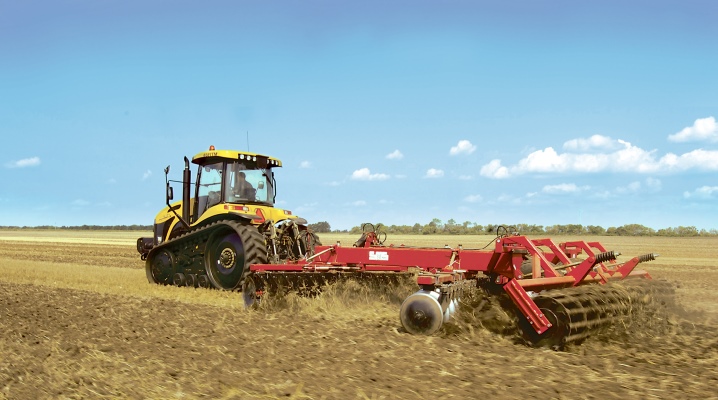
Getting a good harvest is a primary task for agricultural enterprises, and soil cultivation methods are of great importance. Farmers understand that the correct application of agrotechnical rules, compliance with the terms of their implementation, depends on how much their labor will pay off in the end result.
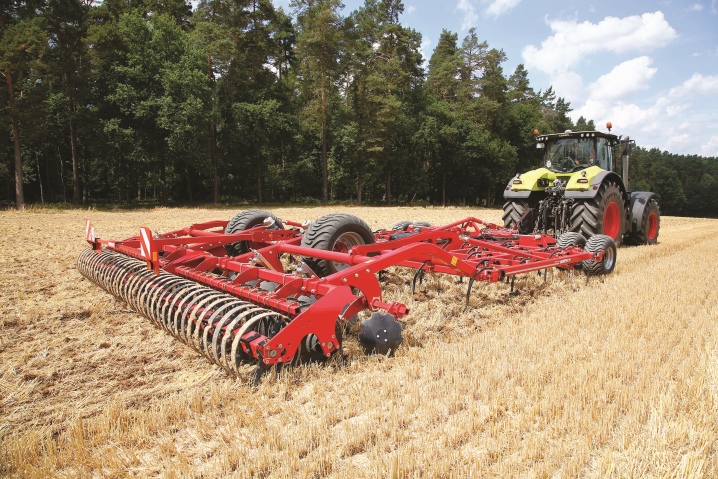
What it is?
Peeling the soil or stubble is an agrotechnical method of cultivating a field after harvesting grain. The method precedes autumn plowing, sometimes replaces it. The time is limited - peeling immediately after harvesting has a positive effect, but after a week such an event loses its meaning.
The purpose of such activities is to loosen the top layer of the earth, partially wrapping it, cutting root-sprouting weeds, and destroying pests. The feasibility of the event depends on the farming area. In agricultural areas with a warm, humid climate and long autumn, peeling is of great importance - the soil is loosened in depth by 10-15 centimeters, this retains moisture, destroys the larvae of pests.
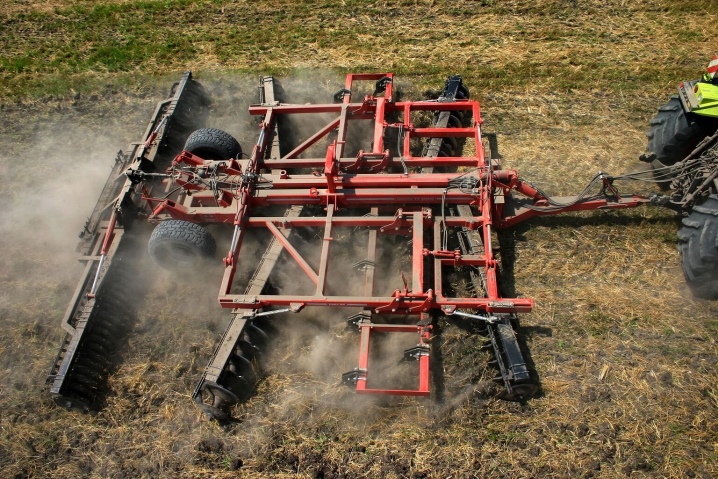
Loosening the soil by this method creates conditions for the accumulation and retention of moisture from harvesting to autumn plowing. The depth of stubble cultivation, the choice of cultivation tools depend on the indicators of local conditions, types of weeds, and the degree of soil weediness.
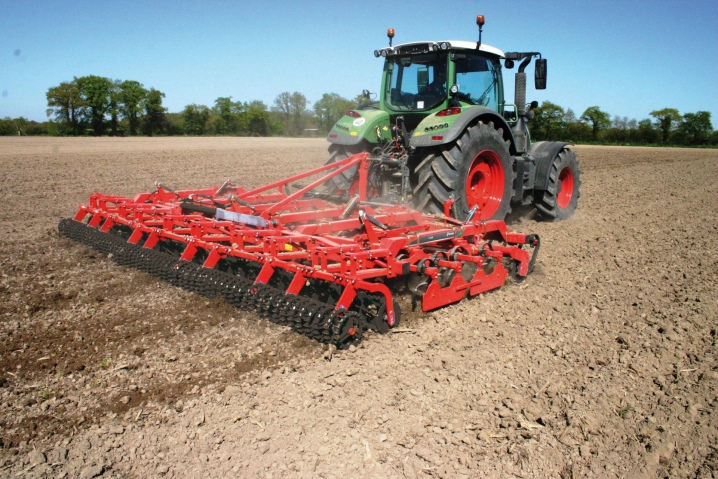
In the areas of barley cultivation, on time loosening destroys weeds, propagating by vegetation, up to 90%. At the same time, there is no seeding, damaged rhizomes in a warm and humid autumn have time to sprout and grow awl. During autumn plowing, they are destroyed, in winter they die completely.
In areas with a long post-harvest period, in fields intended for barley, practice double stubble cultivation - the first is carried out with disc plows (disc cultivators) simultaneously with harvesting, to a depth of 6-8 cm. The second loosening is carried out with plowshares to a depth of 10-12 centimeters immediately before autumn plowing.
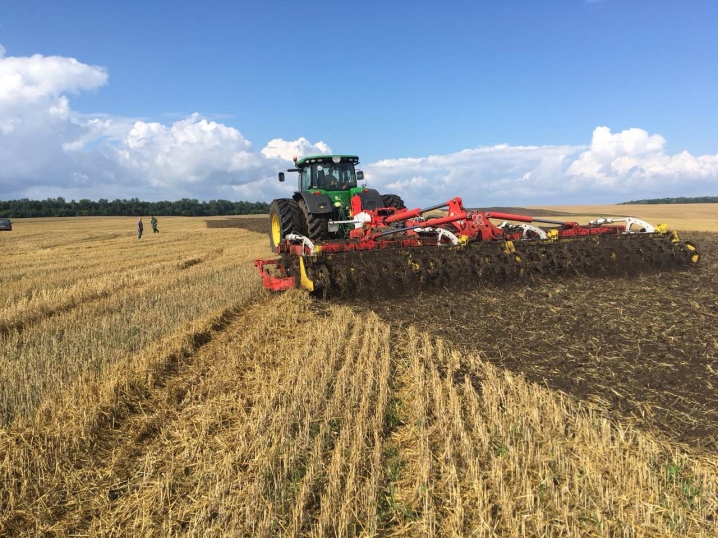
The indicators of Bezenchukskaya, Sinelnikovskaya, Erastovskaya and other experimental stations prove that up to 90% of weeds in large areas die during annual peeling. There is an acceleration of mineralization processes, microbiological development is more intensive. Loosening prevents the spread of pathogens:
- rust;
- ergot;
- root rot;
- powdery mildew;
- bread sawfly.
Cereals are known for the fact that after harvest, the land is riddled with their tough roots.
It dries up quickly, stiffens and subsequently makes plowing very difficult. This affects the consumption of fuels and lubricants, wear and tear of equipment, and yield indicators.
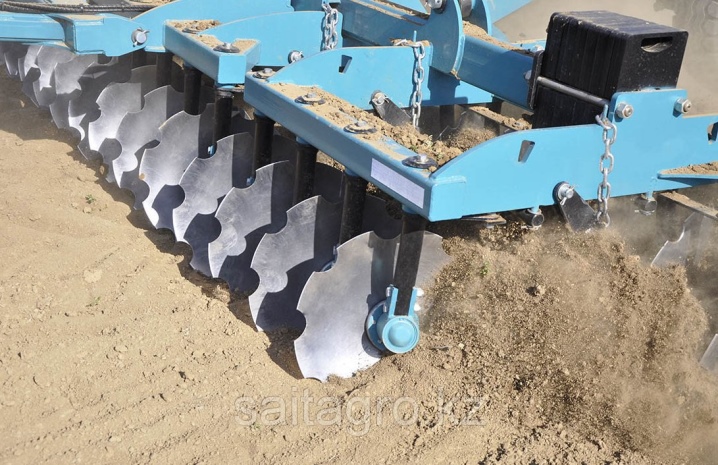
How is peeling carried out?
For surface plowing, use special disc aggregates called cultivators, or discs. Constructions with spherical discs provide for setting the distance between them, the immersion depth is adjustable from 3 to 25 centimeters.
Cutting rhizomes at an angle inhibits the ability of weeds to quickly give new shoots, and those that have time to germinate die during pre-winter plowing. In the fields infected with wheatgrass and similar perennials, other shelling devices are working - disk harrows BDT. Apply discators ADN, ADK "Demetra", ADU-6AKD, Amazone Catros.

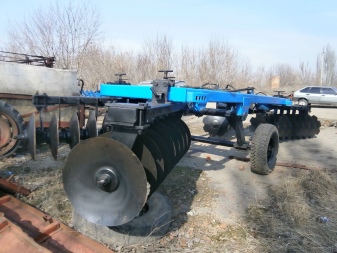
On stony soils, it is recommended to use a different type of cultivator - chisel cultivators with duckfoot shares. The universal purpose of such a plow allowed farmers to use it for cutting rhizomes, cutting turf. With its help, fertilizers are applied.
The shape of the plows easily copes with stone-clogged soils, difficult terrain, the set includes lancet, ploughshare rippers.
Chisel growers do not even plow waterlogged soil. Easily grind the remains of stubble, roots, simultaneously destroying larvae and pupae of pests.
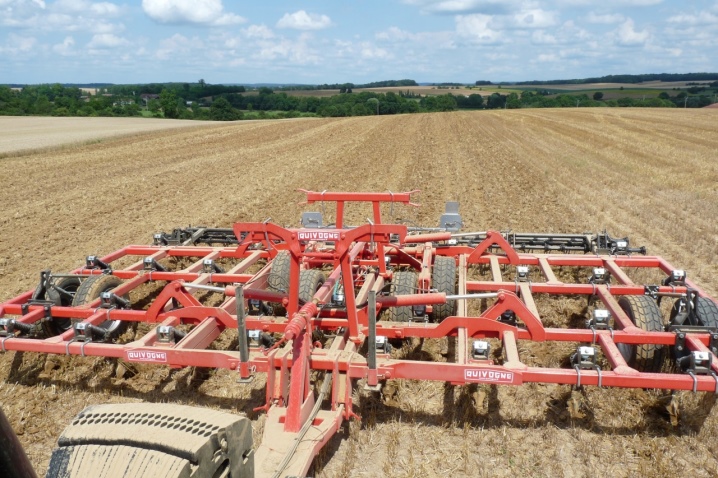
Popular with farmers disc harrows "Dukat". They successfully cope with heavy soils, difficult terrain. In the northern regions of the country, stubble plowing is easily carried out after forage, grain, and industrial crops. The advantages of "Ducats" are relatively inexpensive prices, combining 2, 3, 4 operations in one process and the ability to cope with the task in high humidity and difficult weather conditions.
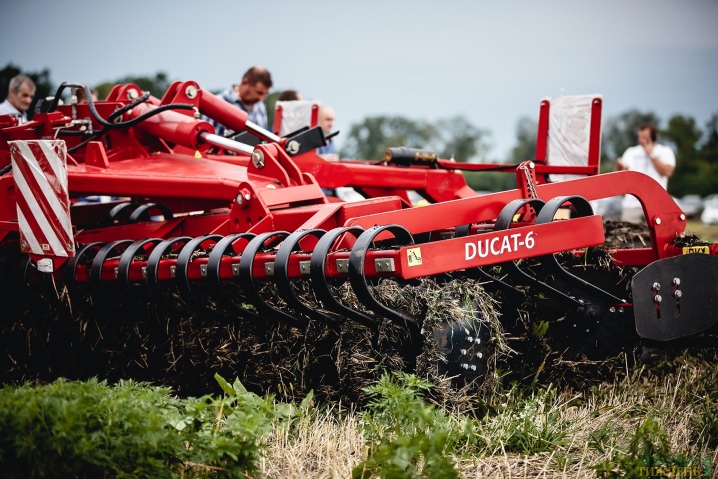
Technology
This type of cultivation is used in areas where soil moisture is 12-25%, and hardness at a depth of 15 centimeters - up to 3.5 MPa. Special agrotechnical requirements are imposed on stubble cultivation by stubble cultivation. The permissible immersion depth depends on the choice of units:
- with disc plowing - 5-10 cm (± 1.5 cm);
- when loosening with chisel plows - 10-18 cm;
- adjacent aisles for discators - 15-20 centimeters, subject to the absence of blemishes.
The amount of stubble remaining on the surface should not exceed 40%.
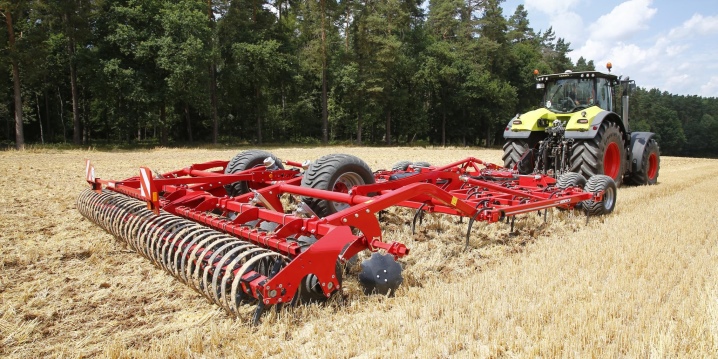
VThe choice of the type of mechanism depends on the condition of the soil, the agricultural crop-predecessor, the degree and type of weediness. Chisel plows they are used on dense soils, after sunflower, corn, on stone-cutters. And also they are driven away in areas with wheatgrass and other root weeds. The aggregates trim and turn the top layer of soil.
When areas are clogged with annual weeds it is recommended to use plowing with a deepening of 6-8 centimeters, even in dry weather, the available moisture is sufficient for weeds to germinate. In the rainy season, 5-6 cm is enough. Before the appearance of cultivators, loosening was carried out using a harrow, but it was impossible to adjust the slope and depth on it, which makes it possible to make discators.
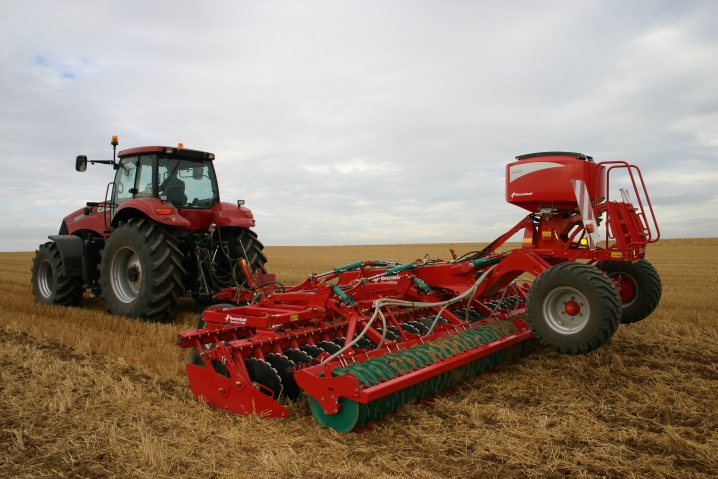
Agricultural rules require compliance with the angle of attack:
- 30-35 ° - stubble cultivation;
- 15-25 ° - disking (harrowing);
- 30 ° - loose soils with low contamination;
- 35 ° - heavily weedy and compacted soils.
The fields are prepared by removing the remaining straw, breaking into pens for the operation of a chisel cultivator.
For discators, the breakdown of the corrals is not necessary, since they work in a circular or shuttle mode of movement. Cultivators work more efficiently in group units.
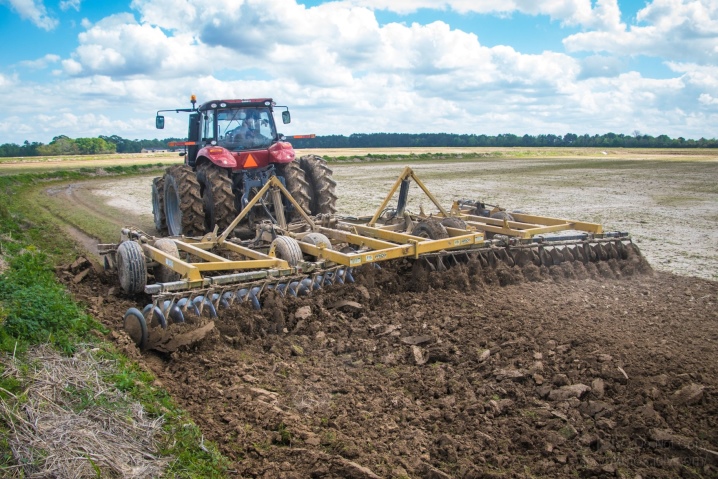
Quality indicators:
- the percentage of pruning and grinding of rhizomes;
- uniform adherence to the specified depth;
- lack of untreated parts of the soil;
- crumbling of the upper layer;
- combiness of plowing;
- deadlines.

Features of the
Before the advent of disc cultivators, they used harrows, but today those farmers who have on the farm discators, harrows are no longer needed. The spherical discs do not meet the resistance of vegetation and soil. Unlike the harrow, the immersion depth can be adjusted. The farmer sets the desired angle, adjusting to the stubble indicators.
The peculiarity of such a cultivation technique consists in the fact that the top layer of the soil is subjected to crushing, loosening and crumbling. The earth is wrapped and mixed, destroying the horizontal capillaries, as a result of which moisture cannot go to depth. It is forced to accumulate near the surface itself, absorbing condensate from the air, collecting rainwater. The crushed surface prevents moisture evaporation.
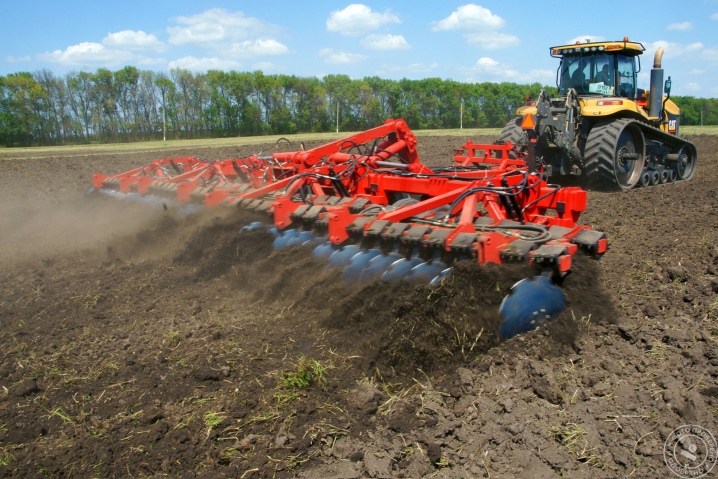
High humidity provokes the germination of seeds of pest plants. They are gaining green mass and by the time of autumn cultivation they already spend the accumulated useful substances. Deep plowing destroys them completely.The roots turned outward dry out and lose their ability to regrow.
Cultivation loosening on weed-free soils effective after root crops, when sowing winter crops in pairs. In shallow steppe zones, it replaces plowing on weed-free lands on stubble crops to a depth of 8-10 cm.
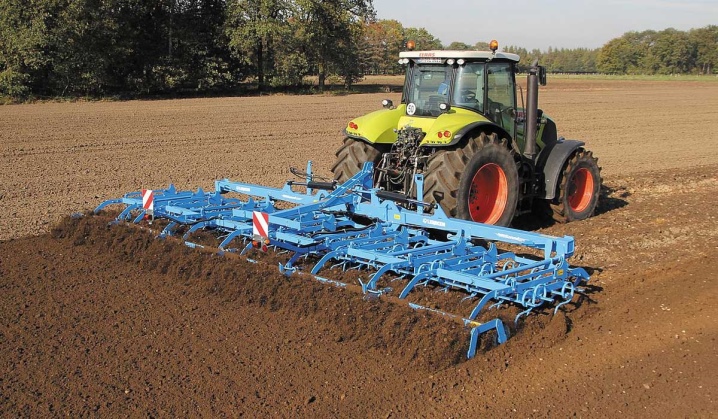
Preparation
Before starting the cultivation method of loosening, machine-tractor units are being prepared for work for disking or harrowing the soil. Preparation begins by checking the package contents. The hydraulic systems of the tractor and the cultivator are connected, the trailed bracket of the tractor is combined with the shackle of the cultivator. Then follows checking the working capacity of the hydraulic mechanism for lifting and lowering.
Regulate tire pressures up to 0.25 MPa. Check all the gaps between the disc and the scraper - they should not exceed 2 mm, adjust the rods to the selected angle of attack. The bars of the sections are installed, the operation of the hydraulic control mechanism, which is responsible for adjusting the depth of soil processing, is checked.
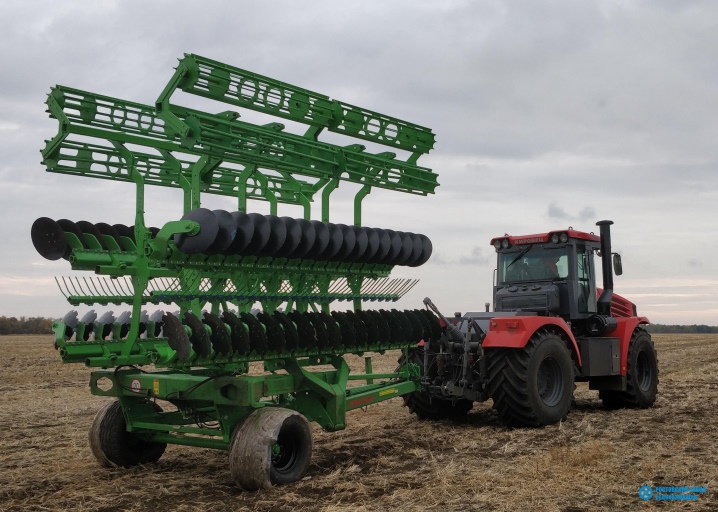
Check functioning of working units, adjust the angle of attack of disk batteries... Increasing the angle of attack deeper the discs, they cut weeds better and loosen the soil finer. Regulate synchronous operation of all disks, while working in the field, all roots must be cut, the surface crushed. The maximum permissible ridge height is 8 cm.
Next is checked the work of the cultivator units, wheel supports, the wheels themselves. The section joints have to withstand constant vibration and stress when working on challenging terrain. Sections are placed at the required angle, checked on trial runs. Discators enter the field with a fixed or adjustable angle of attack.

For littered heavy fields they prepare plowshares... They check the operation of lever or screw lifters to adjust the immersion depth. The plowshares are tested for the quality of the attachment to the support frame.
Straw is removed from the fields, harvested bales or rolls are taken to designated places, and other plant residues are removed. If cultivation is to come ploughshare or flat-cut aggregates, the fields are divided into corrals. To calculate the length of the headlands, agronomic tables have been developed, which take into account the type of cultivator, the length and width of the headland. Beat off headlands for disc aggregates, where the width of the strip is a multiple of the grip of the cultivator.
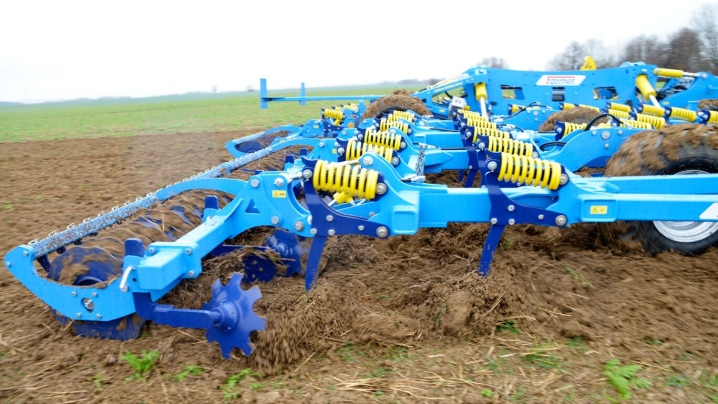
Timing
Peeling is recommended in the fall, after combining, after straw harvesting. The maximum time gap is 2-3 days. After a week, peeling does not make sense.
V spring season spend loosening plowed under the plow areas to retain moisture. Cultivate the land after harvest perennial and annual forage grasses and green manures, row crops sown in crop rotation areas in order to prevent moisture evaporation.
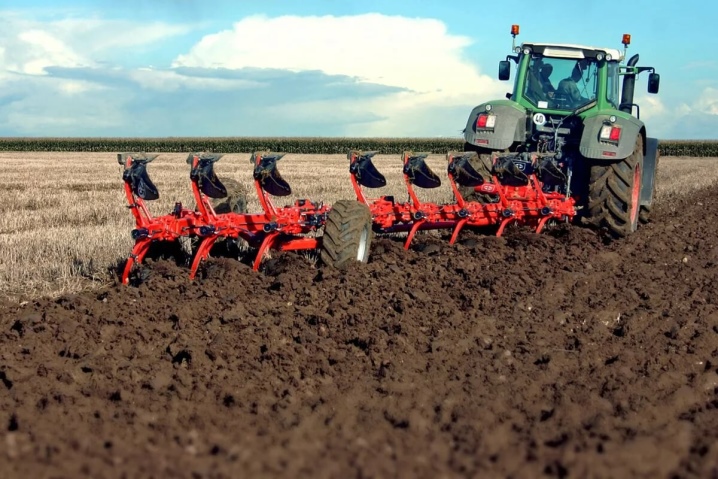
The stubble plowing process on the YuMZ-6kl with AG-2.4 discs is presented in the video below.



































































The comment was sent successfully.